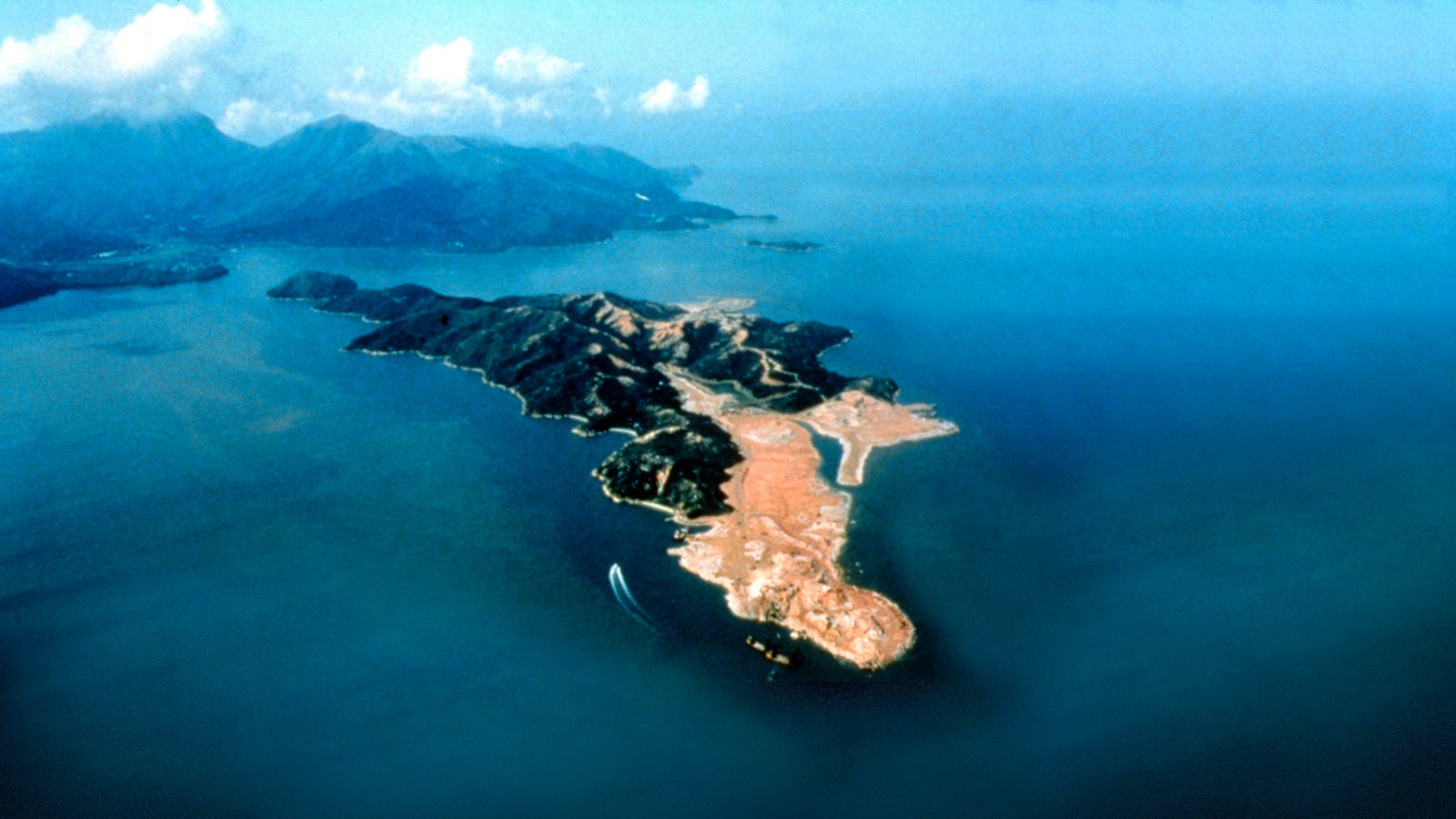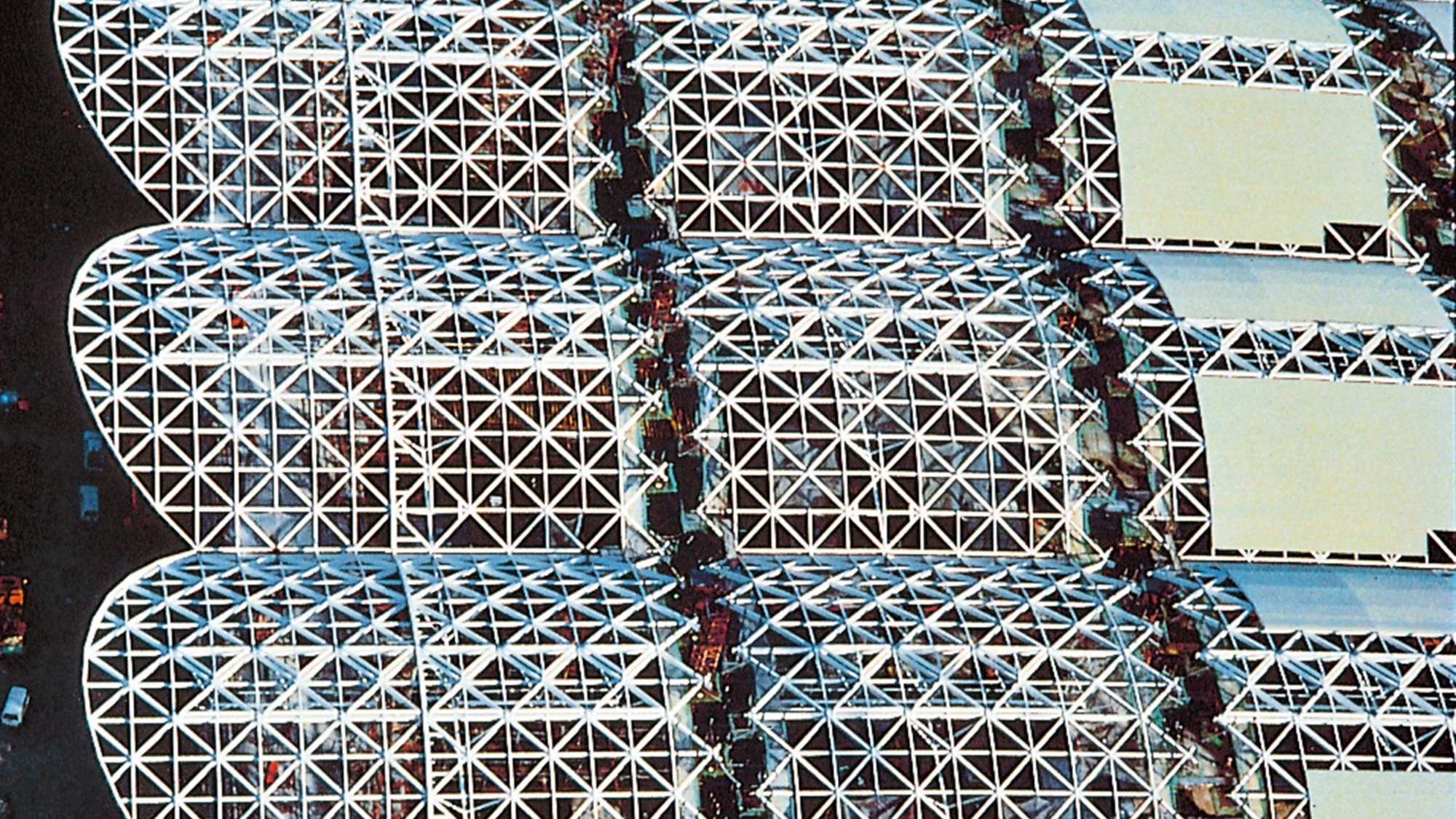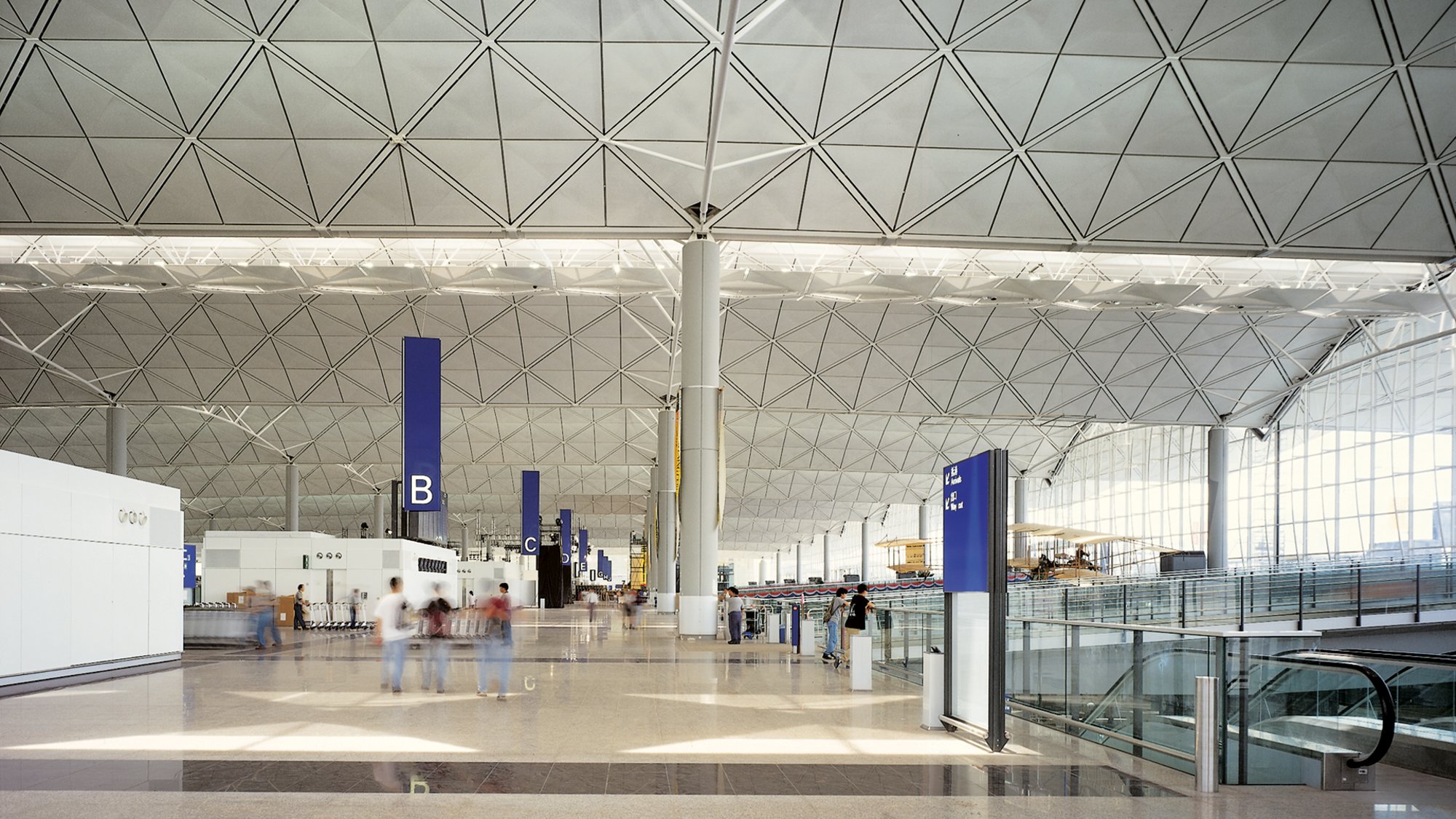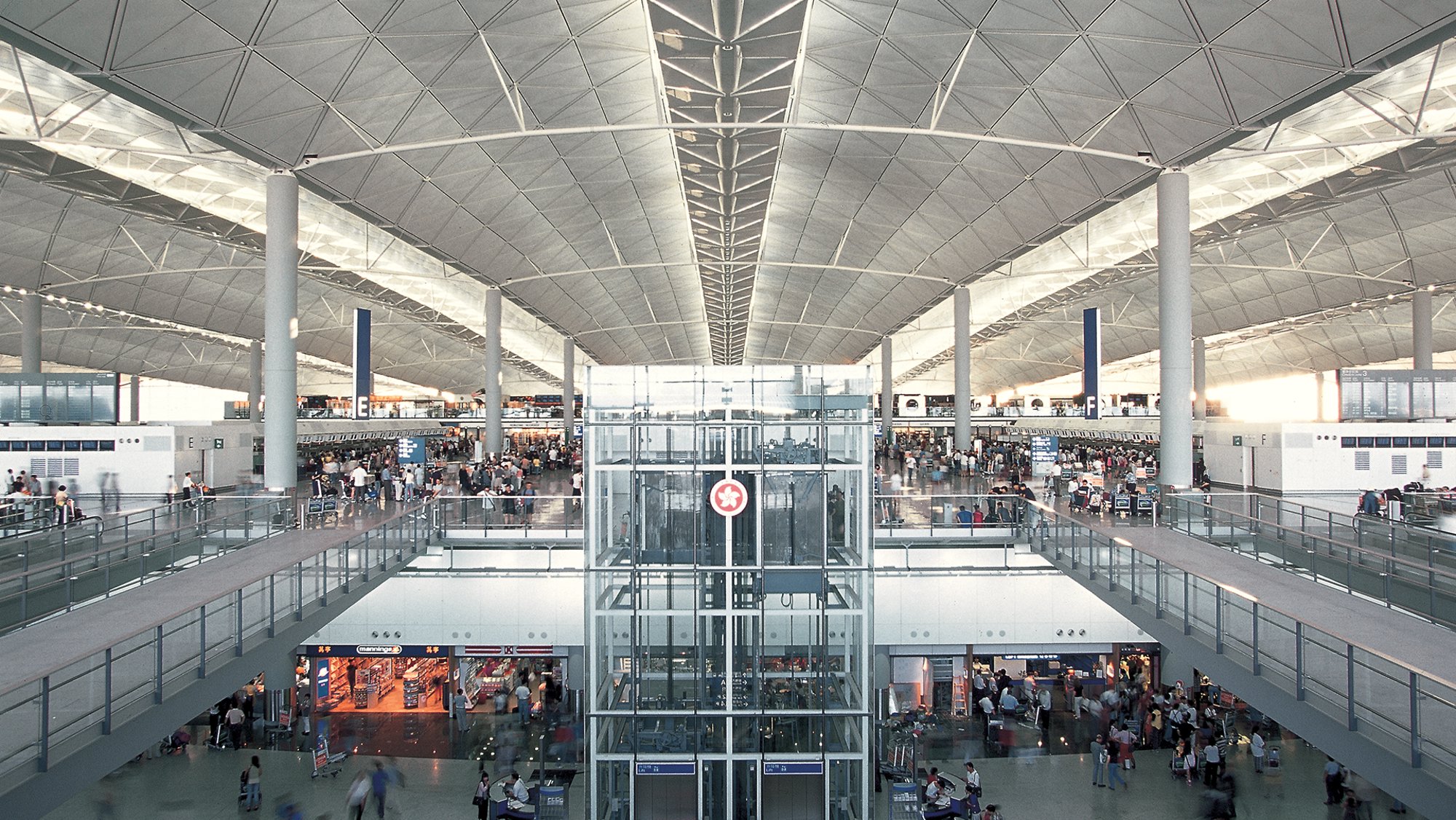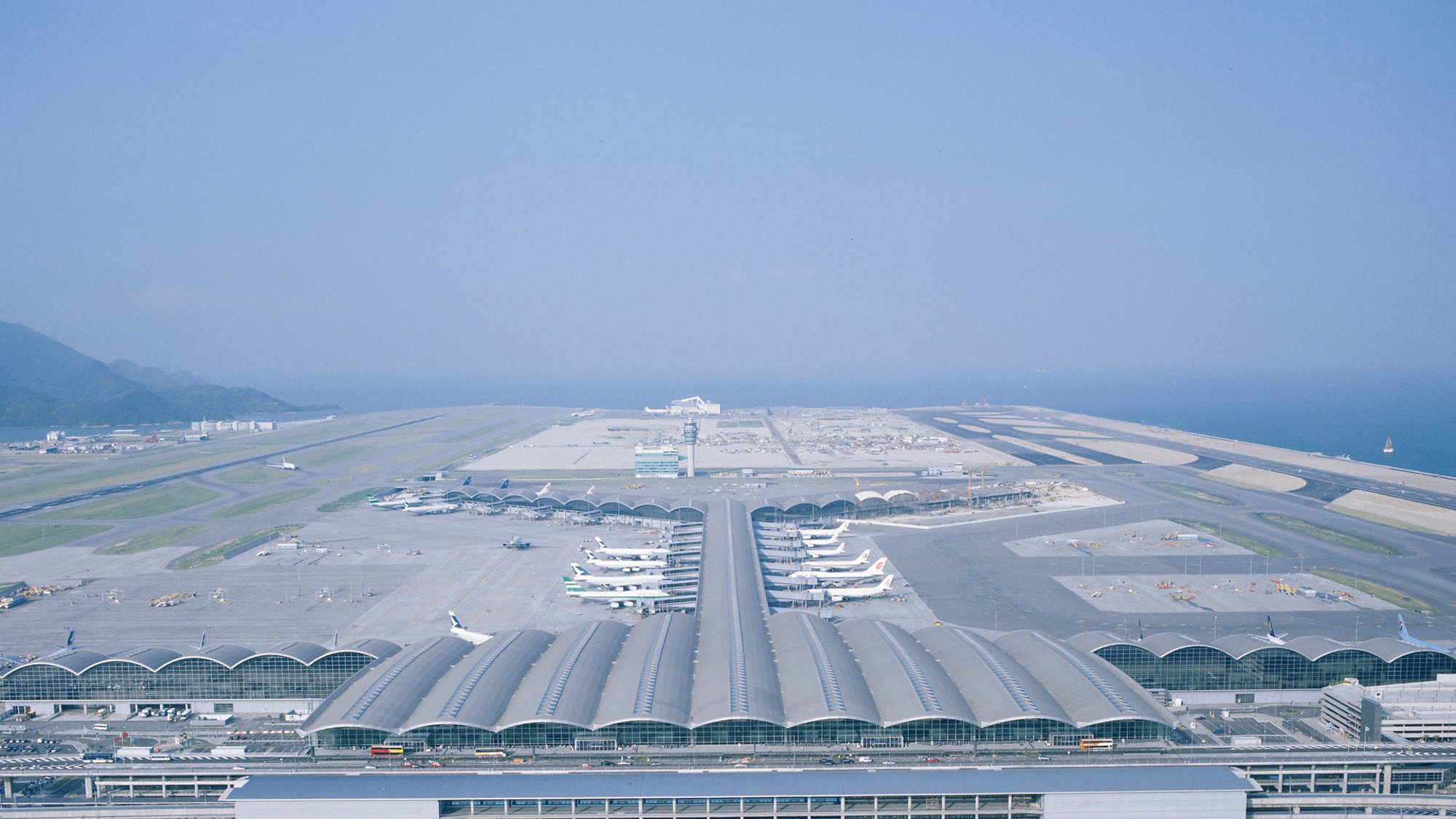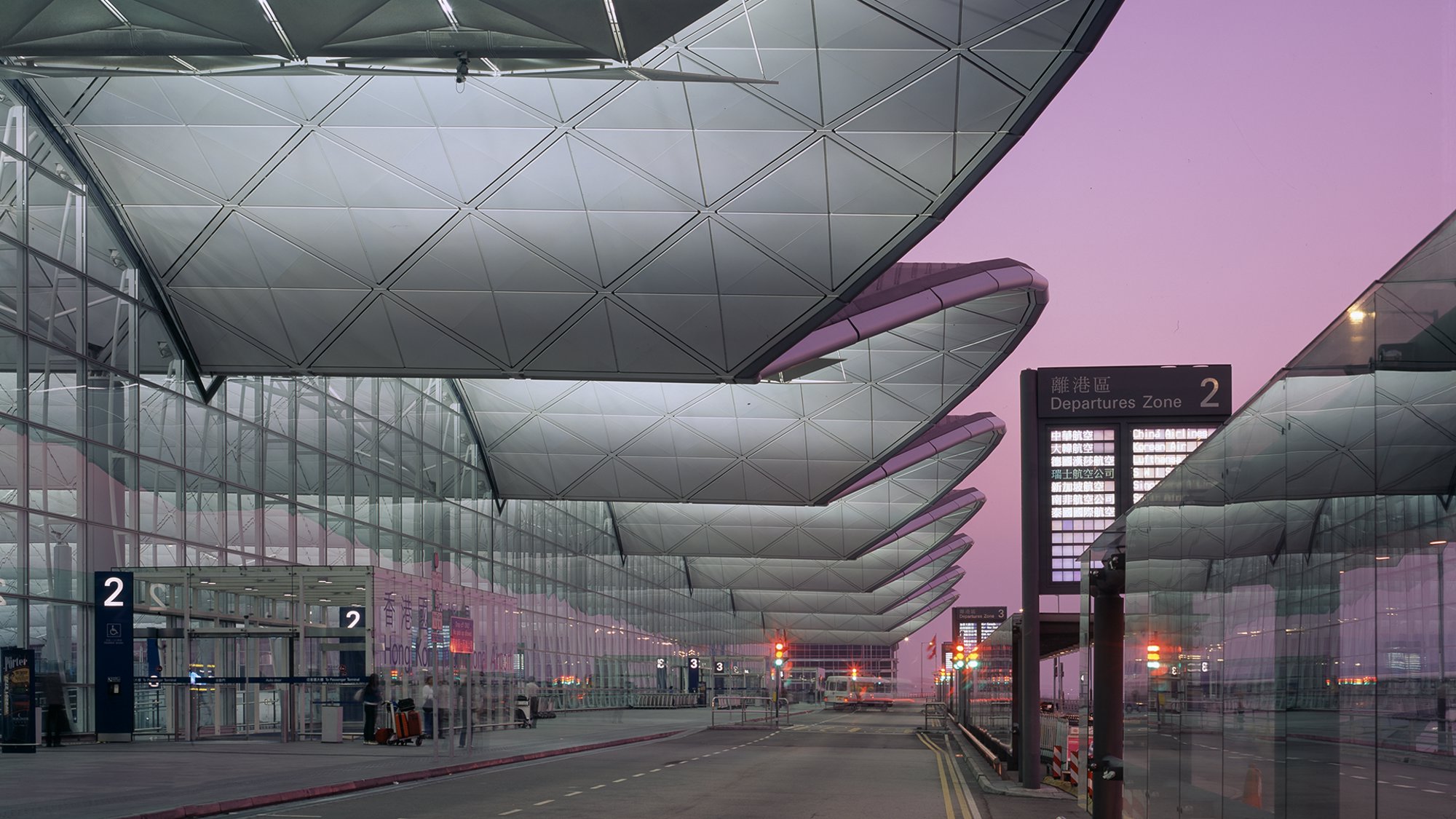The Making of… is an opportunity to reflect on Foster + Partners’ completed projects and the process of making them.
This month, Hong Kong International Airport celebrates its 25-year anniversary. Located at the hub of a global region that reaches across Asia and Australasia, it is one of the largest and most ambitious airport projects of modern times.
Grant Brooker, Head of Studio, Foster + Partners, describes his experience of living and working in Hong Kong to realise the project.









